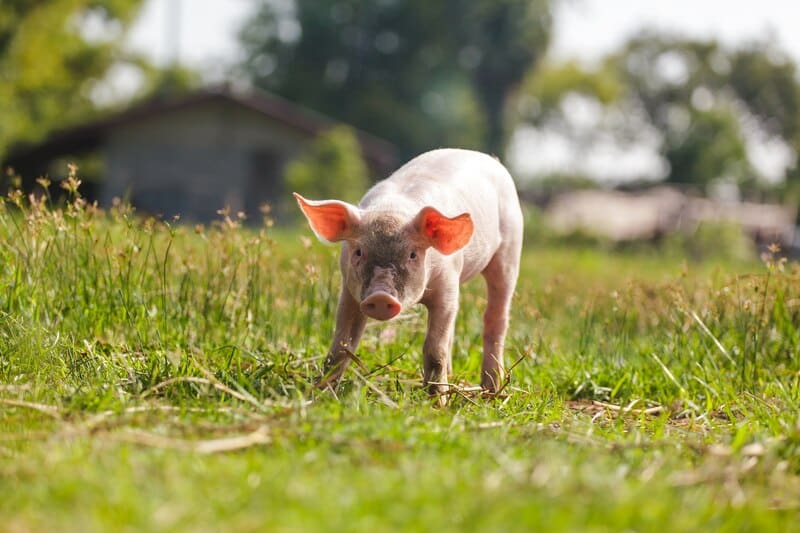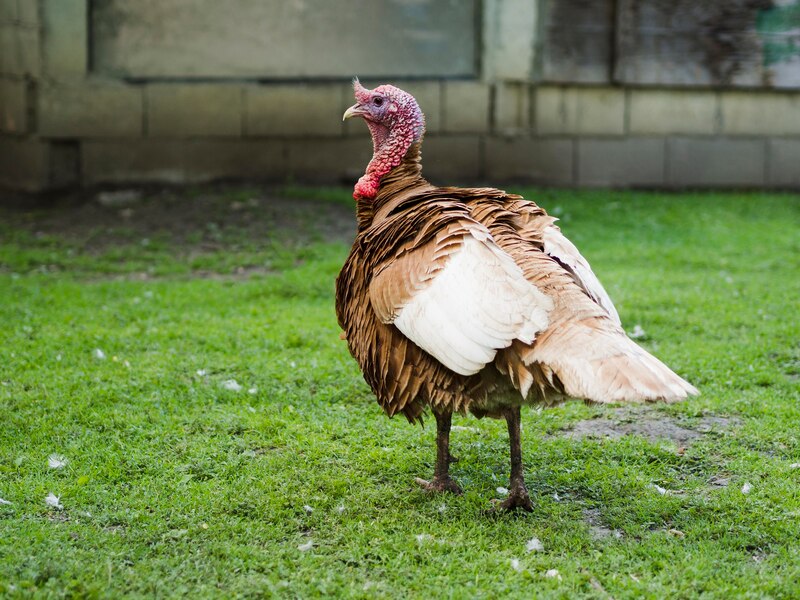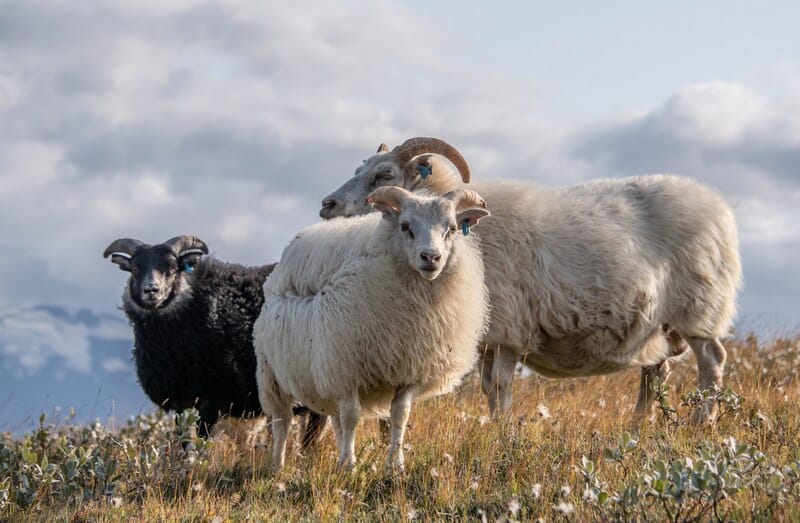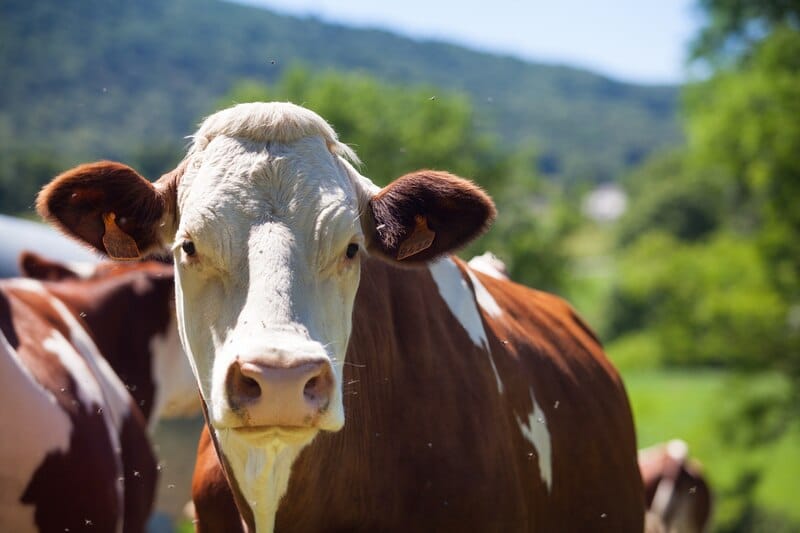Do animals experience pain the same as humans? Let’s investigate how pain really works and how animals experience it.
Few people make it very far in life without having experienced some kind of bodily discomfort. Although many of us would like to never experience pain, it is necessary in order to alert the body to an issue and allow it to take corrective action to prevent future harm. It’s likely that you’ve stubbed your toe on occasion. You probably backed away from the area that was causing you pain right away. It’s clear that animals experience pain; there’s plenty of data to support this conclusion. And they experience pain in ways that are very comparable to human experience.

Do animals feel pain? What do we know
Animals may not be able to strike up a dialogue with people, but they are fully capable of conveying emotions such as joy, trust, fear, and suffering. While in pain, animals can either vocalize their distress, as when a cat meows when its tail is trodden on, or they can seek solace in private, as when a lone wolf licks its wound and withdraws from society.
As a result of widespread agreement that animals may experience pain, welfare laws have been enacted in many countries to shield them from gratuitous cruelty. Gwendolen Reyes-Illg, DVM, MA, veterinary adviser to the Farm Animal Program at the Animal Welfare Institute, says, “There is absolutely no question that farm animals feel pain in a way that is quite comparable to humans” (AWI). We know that animal neural systems and pain receptors are structurally similar to human ones.
The human body reacts in a few different ways to pain induced by external traumas, such as touching a hot stove. In the first place, our bodies’ natural response to danger is to withdraw from its source. The next step is for special sensory neurons called nociceptors to transmit information about the injury’s location and severity up the spinal cord and into the brain, where it is registered as pain. The brain may then produce dopamine, a feel-good hormone, to counteract the negative emotion.
A person getting a tattoo, for example, may experience pain, but the way it makes them feel is different than an athlete who damaged a muscle. Many studies have demonstrated that the reaction to unpleasant pain in animals is similar to that seen in humans. Reyes-Illg notes that the alterations in the animals’ brain waves and physiology are very comparable to those observed in humans.
While it’s common knowledge that animals experience pain, not all of that discomfort is given the same priority. Anesthesia is used during spaying and neutering procedures on cats and dogs to make sure the procedure is as painless as possible for the animal.
In the United States and many other nations, however, animals raised for food, such as pigs, chickens, and cows, are not shown the same respect. The lack of access to pain medication is nearly ubiquitous among this population, despite the widespread occurrence of unpleasant medical procedures. The beaks of hens are clipped while the toes of turkeys are clipped. The needle teeth (infant teeth that pigs are born with) are clipped, the ears are notched, and male piglets are castrated before they are used in the pork business.
Sadly, suffering continues even after the wound has healed. Several studies have found that animals who have had amputations, such as the tails of pigs and dogs, may experience persistent discomfort in the amputated area. This is because neuromas develop at the amputation site when the damaged nerves try to repair improperly. These neuromas can be painful for the farm animal for weeks, months, or even the rest of its little life.
Why don’t animals in factory farms get pain medication?
About half of customers do not realize that painful operations are normal practice for farm animals, according to a report conducted by AWI last summer. Yet, 87% said animals should be provided pain medication if studies reveal they suffer severe discomfort. One could thus wonder why it is that despite widespread agreement that animals used for food should be afforded pain treatment, this issue has been largely ignored and unaddressed.
According to Reyes-Illg, “there is essentially no protection and nothing requiring the use of pain medicine” while animals are in a farm setting in the United States. It has been shown via studies that using certain drugs on farm animals may significantly enhance their quality of life. Yet, there are other obstacles that prevent this from being the norm, including the government, businesses, trade groups, veterinarians, and farmers.

To be used on animals, analgesics must first be licensed by the FDA (FDA). A further problem is that medications can only be used for their approved purpose. Flunixin transdermal, an anti-inflammatory medication, is allowed for use in cattle to treat the pain and fever associated with foot rot caused by bovine respiratory illness, however it cannot be used to alleviate the discomfort caused by castration. Medications for alleviating pain are likewise restricted to use only under a vet’s supervision.
“A lot of animals reared for food don’t have frequent touch with a veterinarian,” claims Reyes-Illg. Castration, dehorning, and tail docking all induce pain, and there are no FDA-approved pharmaceuticals for treating that discomfort. Veterinary supervision of pain medication use is thus mandated by law. Veterinarians take on more risk when they prescribe these medications to livestock. Drug traces found in meat at slaughter time can be traced back to the veterinarian if the animal was given a medicine that the FDA hadn’t licensed for that usage.
How can the industry improve?
From the vegan perspective, an ideal society wouldn’t see animals raised en-masse as commodities for consumption. It is possible, however, to advocate for higher welfare requirements. Raising conditions are largely to blame for the agonizing deaths of so many farm animals used for human consumption.
Factory farms, defined as large-scale enterprises that produce animals in huge numbers for the purpose of maximizing profit with the least possible use of resources, are estimated to be home to nearly all farmed animals in the United States by the non-profit think tank Sentience Institute. Animal aggression, such as pecking, scratching, and biting, can develop in animals maintained in extreme confinement when their movements are severely restricted.

Reyes-Illg argues that changing the practices of industrial farms will greatly benefit these animals. This involves providing animals with enrichment that encourages them to act in a more natural way. Chooks need room to scratch, perch, peck, and dust bathe.
“It’s a same problem with tail docking in piglets,” she explains. “Pigs are really bright, inquisitive, interested animals who have a tremendous need to rummage about and examine their environment. In contrast, if they are confined to a sterile setting [such as a factory farm], they will be bored for hours on end. Occasionally these farms have epidemics when one piglet begins biting and fairly soon, it’s prevalent to the point where some of them die from infection.”
This may be reduced to an extent by improving the circumstances that the animals live under and by granting them stronger protections under the law, which organizations like AWI strive towards on both a federal and state level.








